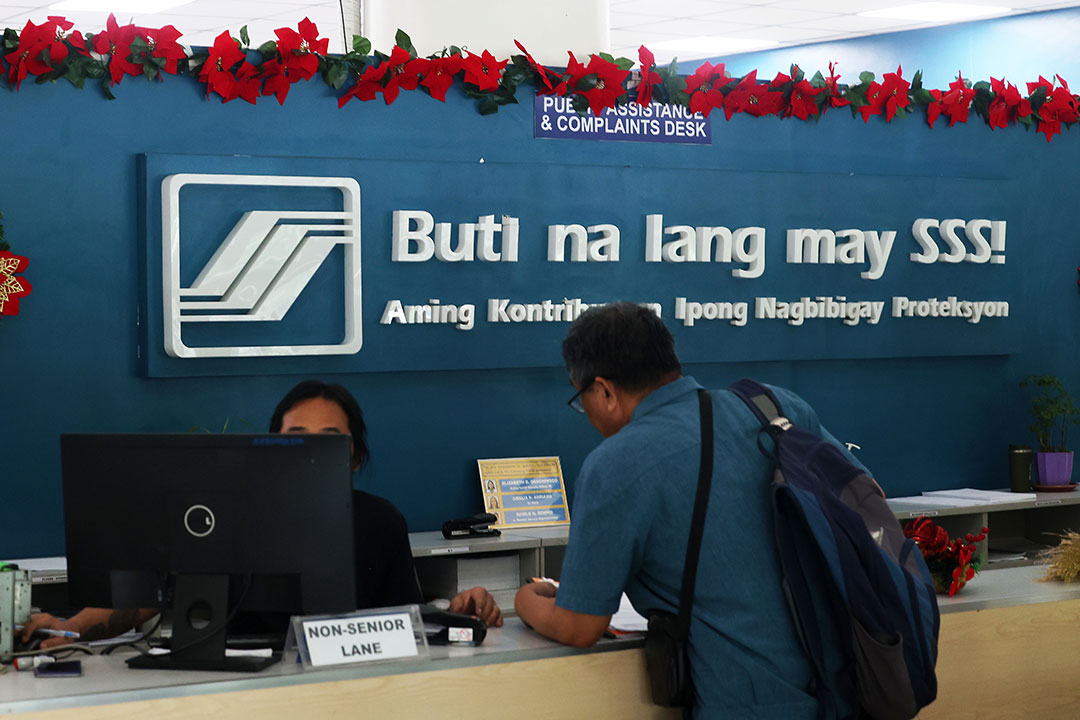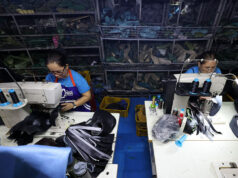PHL ranks near bottom of Global Pension Index

THE PHILIPPINES’ pension system remained the third worst in the world, according to the 2025 edition of Mercer CFA Institute’s Global Pension Index.
The Philippines’ score, which is graded based on adequacy, sustainability, and integrity, improved to 47.1 in 2025 from 45.8 in 2024, primarily due to “clarification of regulations,” the report said.
However, the score was way below the 64.5 global average, and the third-lowest score among 52 retirement income systems in the index. Last year, the Philippines’ pension system was also the third worst out of 48 systems.
In the report, the pension systems in the Philippines, Turkey, Argentina and India, were given a “D” grade. This means the pension system has some “desirable” features but also has “major weaknesses” that should be addressed.
“Without these improvements, its efficacy and sustainability are in doubt,” the report said.
The Netherlands had the best pension system with a score of 85.4. Aside from the Netherlands, the pension systems in Iceland, Denmark, Singapore and Israel were also given an “A” grade, which meant they had robust and sustainable systems that deliver good benefits with a high level of integrity.
The Global Pension Index reviews an economy’s retirement income systems based on three weighted subindices: adequacy, sustainability, and integrity.
The Philippines’ adequacy score went down to 40.6 in 2025 from 41.7 in 2024. This was below the global average of 66.1 for adequacy.
Its sustainability score improved to 64.4 from 63.4, which was higher than the global average of 55.3.
For integrity, the Philippines’ score inched up to 33.2 from 27.7. However, this was significantly lower than the global average score of 74.7.
The Philippines was the only economy in the integrity sub-index that had an “E” grade, which indicates “a poor system that may be in the early stages of development or nonexistent.”
“The Philippines’ retirement income system comprises a small basic pension and an earnings-related social security pension,” the report said.
“Members can receive a lifetime pension if they have contributed for a minimum of 180 months for government and 120 months for nongovernment members. Both schemes provide calibrated benefits if the minimum number of contributions is not satisfied.”
The Mercer CFA Institute report said the Philippine pension systems could be improved if the minimum level of support for the poorest elderly is increased and the benefits are aligned with the country’s cost of living.
It also said the Philippines’ requirements for vesting in private sector plans should be improved.
The report said the local pension system lacks non-cashout options for retirement plan proceeds, so they are preserved for retirement purposes.
It also cited the need to improve governance requirements for the private pension system.
In the Philippines, there are two main pension funds — the Social Security System (SSS) for private workers and the Government Service Insurance System for government workers.
Starting Jan. 1 this year, the SSS increased the contribution rate to 15%, up from 14%. Under Republic Act No. 11199 or the Social Security Act of 2018, the SSS implemented incremental contribution rate hikes of one percentage point every two years starting in 2019 from the original contribution rate of 11%.
All SSS pensioners as of Aug. 31, 2025 began receiving higher pensions starting September this year. Retirement and disability pensions will increase by 10% annually every September until 2027, while death or survivor pensions will rise by 5% each year. — A.M.C.Sy




